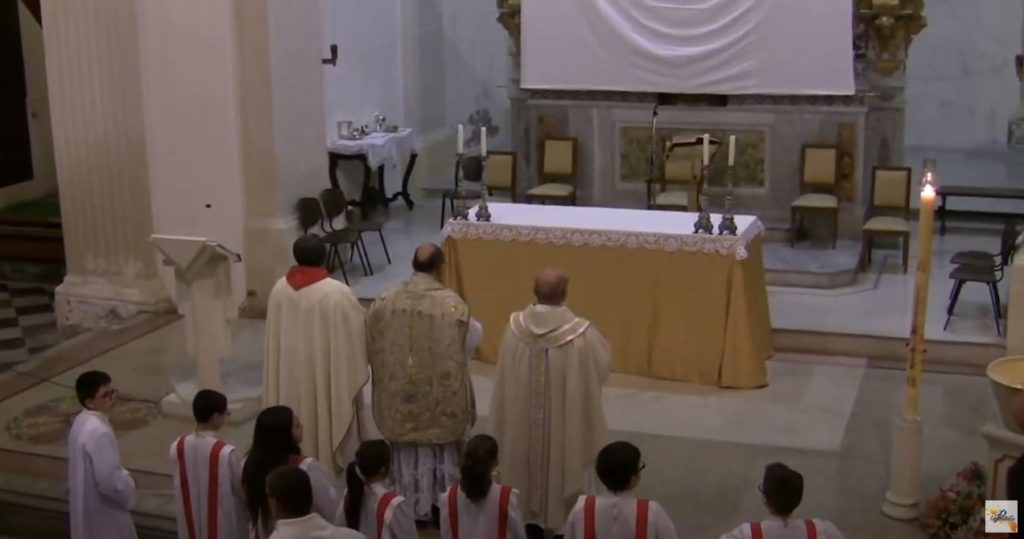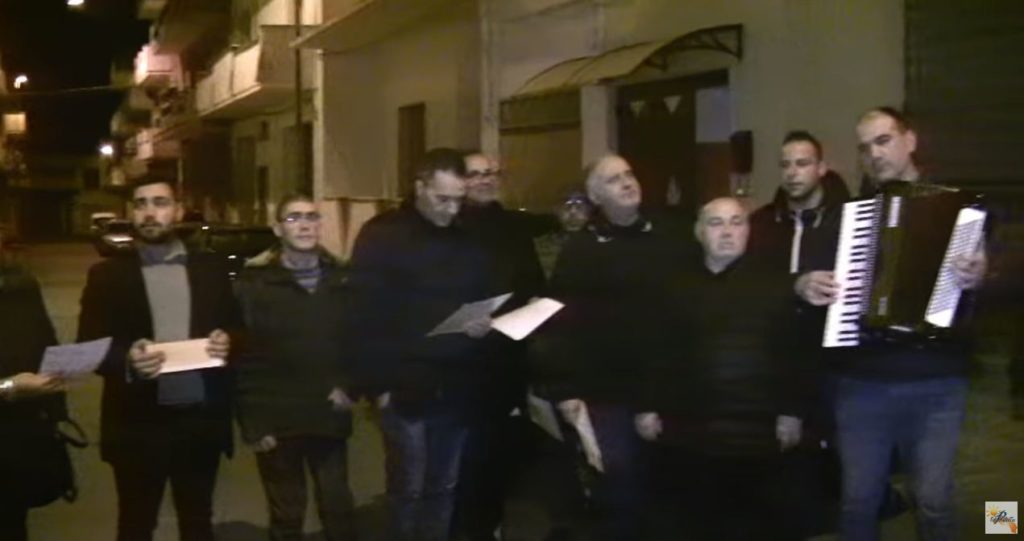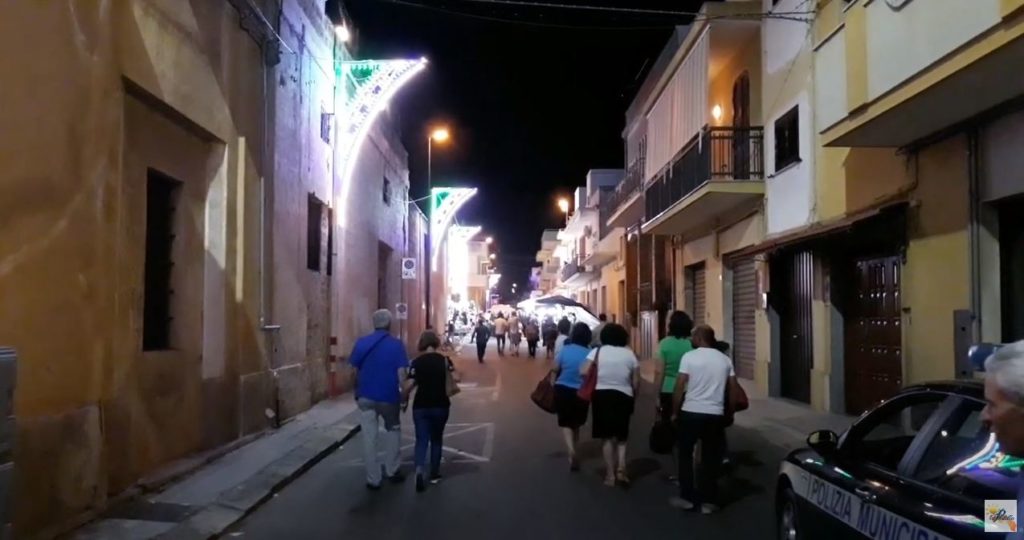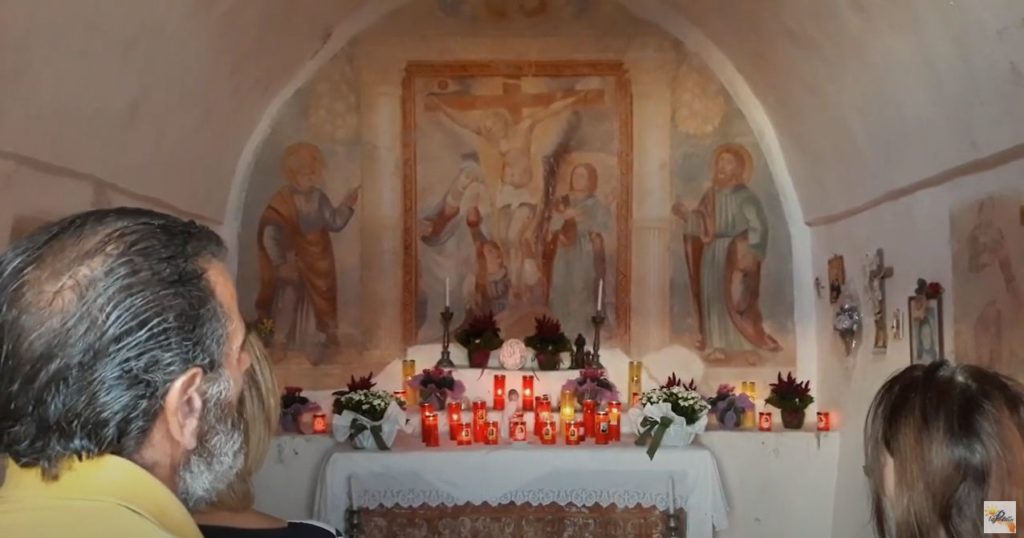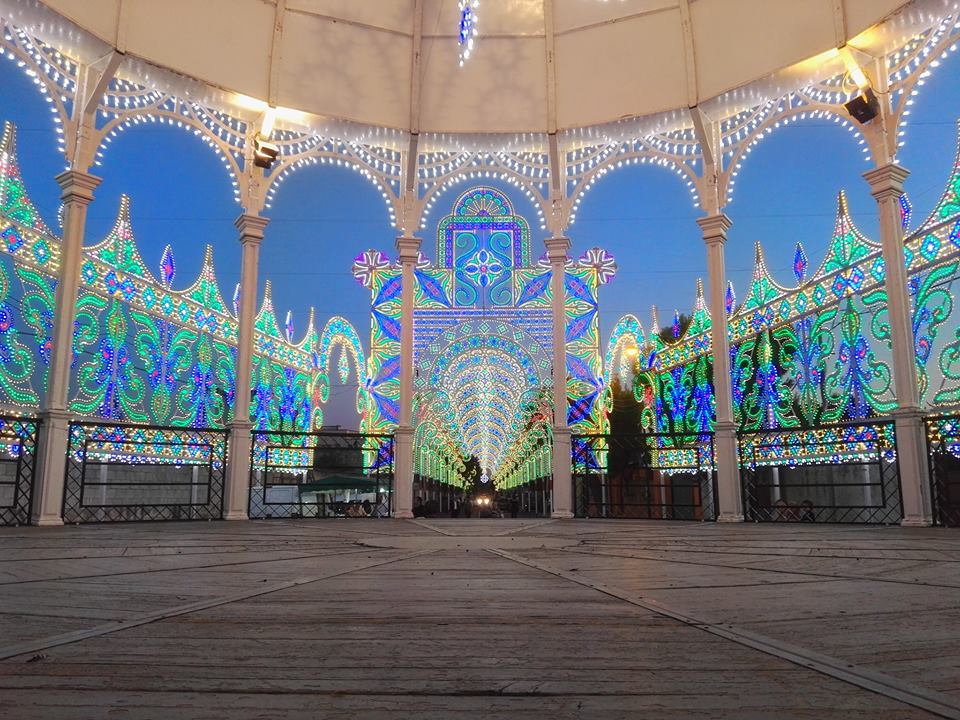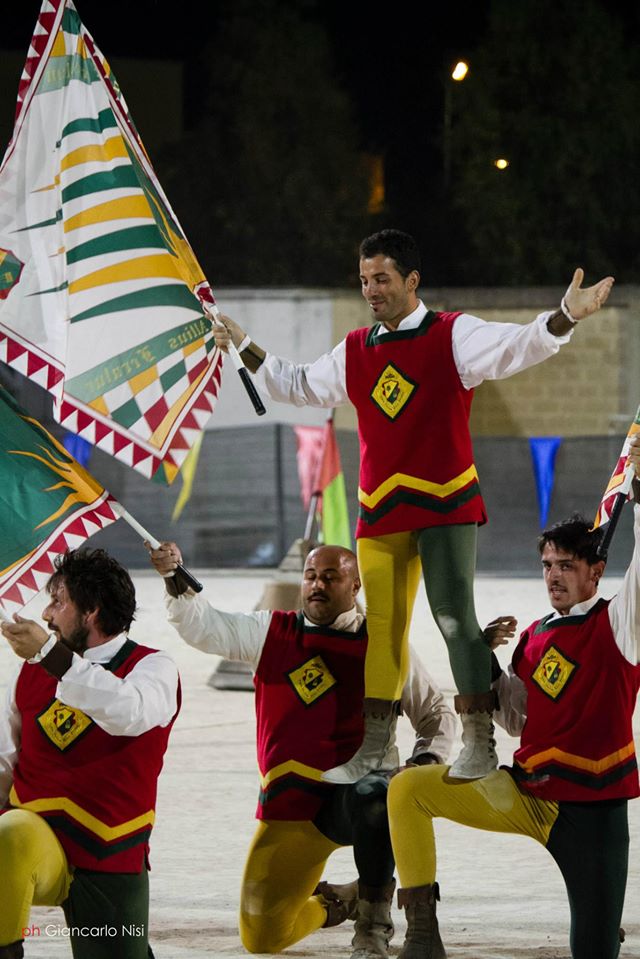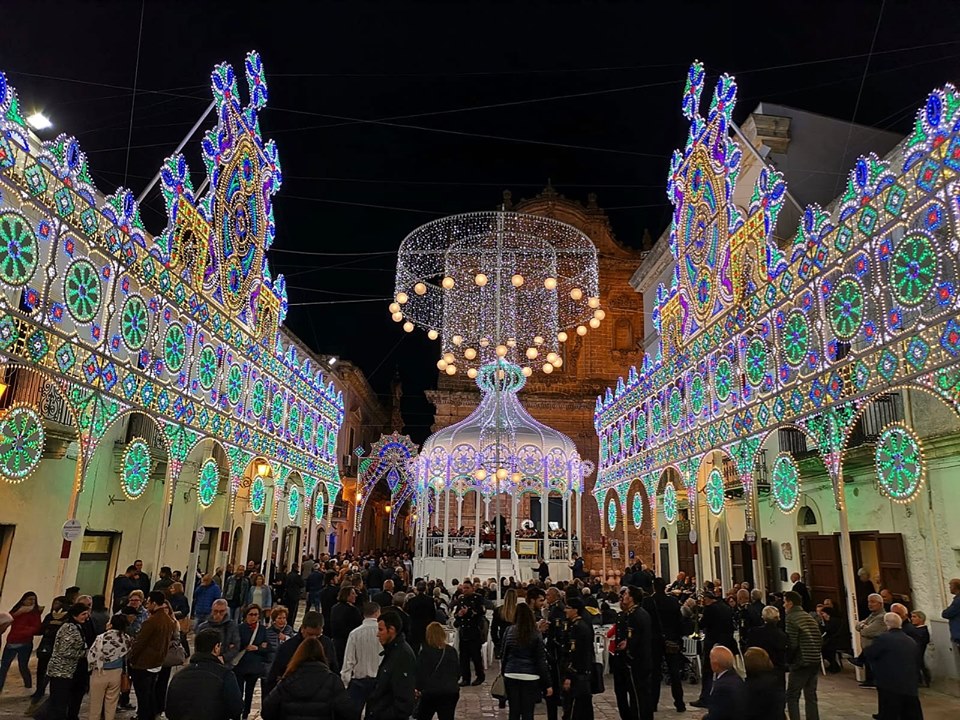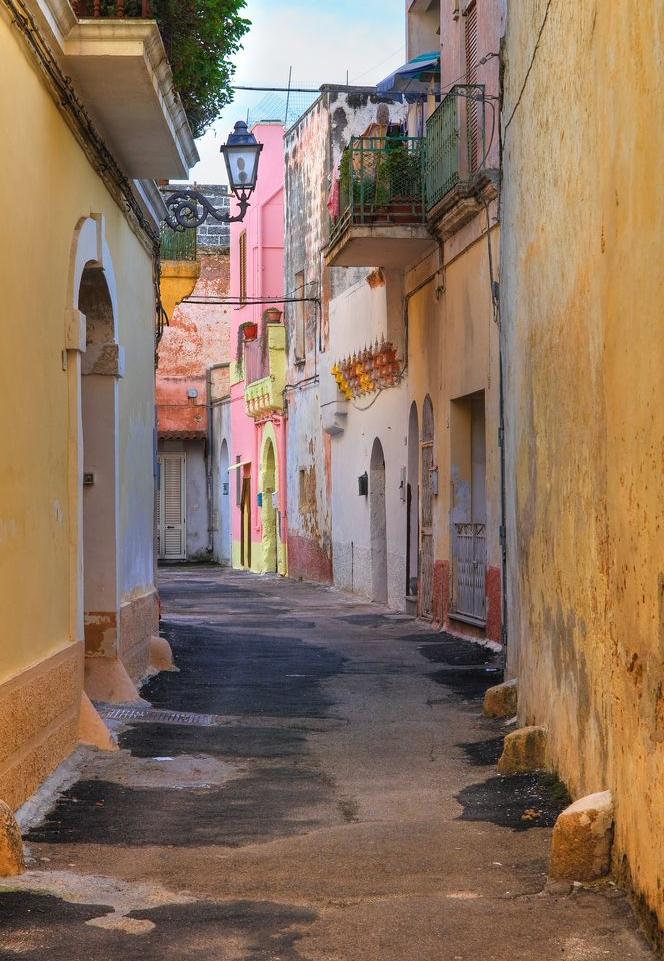The Church of St. Nicola of Pàtara
The church was built in the 12th century on the previous Basilian church of the 8th century, of which today the foundations remain, and modified over time. The current façade, of neoclassical taste, replaced the previous Romanesque one around 1848. Important traces remain of the original system. The interior has a three-nave layout, divided by columns with stone capitals that preserve the original medieval imprint.
The cross vault of the transept and some sculptural decorations date back to the XIII-XIV centuries. In the right aisle there are the chapels of the Blessed Sacrament and of the Rosary, with a sculpture of the Imago pietatis. On the wall that joins the two chapels, the living stone tabernacle dedicated to the Madonna del Cardellino (1517), a magnificent example of the Apulian Renaissance, by Stefano da Putignano, author of another stone statue with putti and Ecce Homo, present stands out also in church.
On the left, traces of paintings unfold with the Madonna of Constantinople between St. George and St. Catherine of Alexandria. On the high altar there is a wooden statue of St. Nicholas. The interior has a three-nave layout, divided by columns with stone capitals that preserve the original medieval imprint
The cross vault of the transept and some sculptural decorations date back to the XIII-XIV centuries.
In the right aisle there are the chapels of the Blessed Sacrament and of the Rosary, with a sculpture of the Imago pietatis. On the wall that joins the two chapels, the living stone tabernacle dedicated to the Madonna del Cardellino (1517), a magnificent example of the Apulian Renaissance, by Stefano da Putignano, author of another stone statue with putti and Ecce Homo, present stands out. also in church.
On the left, traces of paintings unfold with the Madonna of Constantinople between St. George and St. Catherine of Alexandria. On the high altar there is a wooden statue of St. Nicholas.

